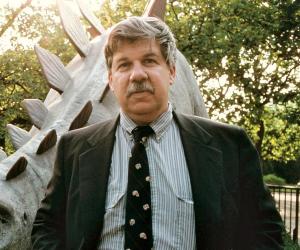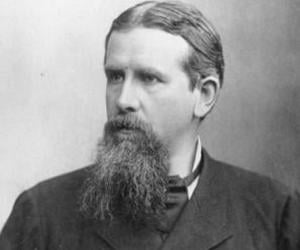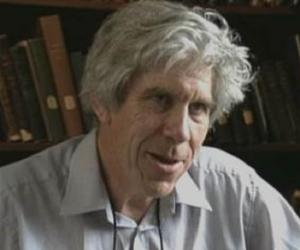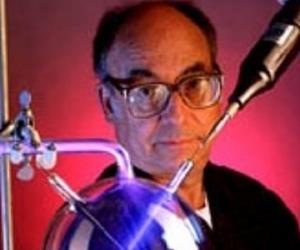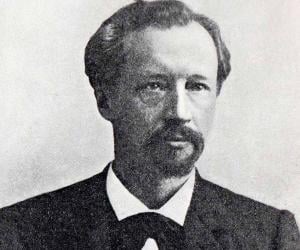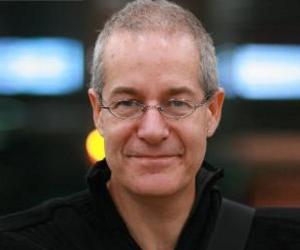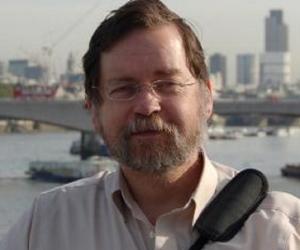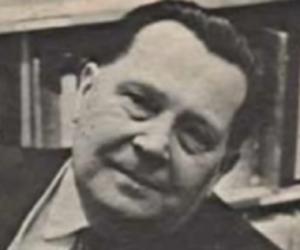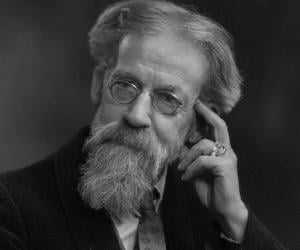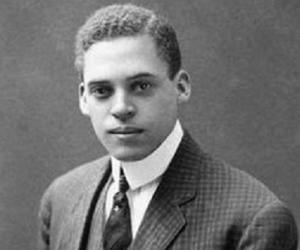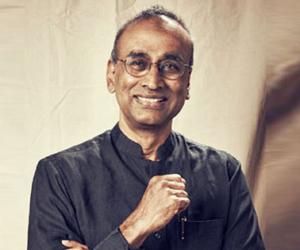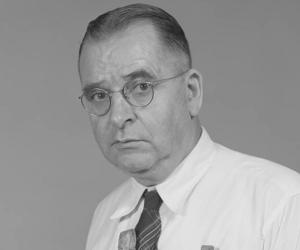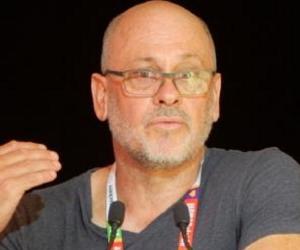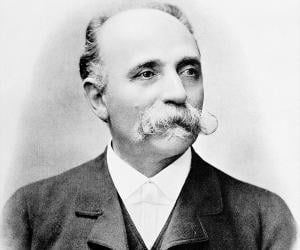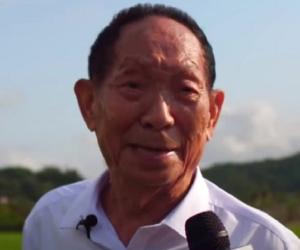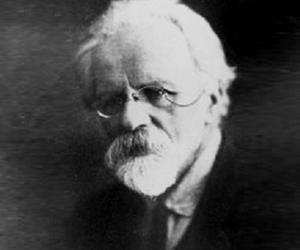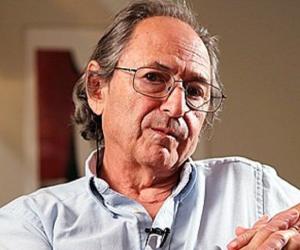Quick Facts
Died At Age: 60
Family:
Spouse/Ex-: Deborah Lee (m. 1965–1995), Rhonda Roland Shearer (m. 1995–2002)
father: Leonard Gould
mother: leanor Gould
children: Ethan, Jade, Jesse, London Allen
Born Country: United States
Historians Biologists
Died on: May 20, 2002
place of death: SoHo, New York, United States
Diseases & Disabilities: Lung Cancer
Notable Alumni: Antioch College
Cause of Death: Metastatic Adenocarcinoma
U.S. State: New Yorkers
More Facts
education: Yale University, Columbia University, University Of Leeds, Antioch College
awards: 2008 – Linnean Society of London’s Darwin–Wallace Medal
2002 – Paleontological Society Medal
1975 – Charles Schuchert Award
1983
1990 – Phi Beta Kappa Award in Science
– MacArthur Fellowship
– National Book Award
– National Book Critics Circle Award
Childhood & Early Life
He was born to Jewish parents in New York City. His father, Leonard, was a court stenographer and his mother, Eleanor, was an artist.
When he was five years old he saw the skeleton of Tyrannosaurus rex in a museum and was awestricken and scared at the same time. It was then that he decided to become a paleontologist.
He attended Antioch College in the early 1960s and graduated with a double major in geology and philosophy in 1963. After that he went to the University of Leeds.
He completed graduate work at Columbia University in 1967 under the guidance of Norman Newell.
As a student, Gould was very active in the civil rights movement and often participated in campaigns for social justice. Throughout his life he spoke and wrote against cultural oppression, racism and sexism.
Career
He was employed by the Harvard University in 1967 soon after he graduated from Columbia University. He would teach there for several years until his death.
Along with fellow paleontologist, Niles Eldredge, he proposed the theory of punctuated equilibrium in 1972 which states that evolutionary history goes through long periods of stability and is punctuated by rapid evolutionary changes.
He was promoted as Professor of Geology and Curator of Invertebrate paleontology at the institute’s Museum of Comparative Zoology in 1973.
Starting from January 1974, his essays were published in a series titled ‘This View of Life’ in the ‘Natural History’ magazine. The series ended in January 2001, after a continuous publication of 300 essays.
His first technical book, ‘Ontogeny and Phylogeny’ was published in 1977. It explored the relationship between embryonic development and biological evolution.
Gould and Richard Lewontin wrote a paper called ‘The Spandrels of San Marco and the panglossian paradigm’ in 1979. The paper introduced the architectural term ‘spandrel’ into evolutionary biology and elaborated on how living organisms are built.
His book ‘The Mismeasure of Man’ was out in 1981. It was both a history and critique of biological determinism. It was a critical analysis of scientific racism and a historical evaluation of the concepts of the intelligence quotient (IQ).
He was made the Alexander Agassiz Professor of Zoology in 1982 and the very next year he was awarded fellowship of the American Association for the Advancement of Science. His numerous contributions to science were often cited by the AAAS news release.
He was made the president of the Paleontological Society for the session 1985-86. He was elected into the body of the National Academy of Sciences in 1989.
In 1990-91, he served as the president of the Society for the Study of Evolution. He also served as the president of the American Association for the Advancement of Science from 1999 to 2001.
He taught at the New York University from 1996 to 2001 as Vincent Astor Visiting Research Professor of Biology.
Major Works
He is best known for his theory of punctuated equilibrium which he developed with fellow paleontologist, Niles Eldredge. The duo had published a paper called ‘Punctuated Equilibria’ which is considered as the foundational document of the new paleobiological research.
Awards & achievements
He was named the Humanist of the Year by the American Humanist Association in 2001 for his lifetime of work.
He was posthumously awarded the Darwin-Wallace Medal by the Linnean Society of London in 2008 for “major advances in evolutionary biology”.
Personal Life & Legacy
He married Deborah Lee, a fellow student at Antioch College in 1965. They had two sons.
He married for the second time in 1995 to artist and sculptor Rhonda Roland Shearer. He became a step father to her two children from a previous marriage.
He was first diagnosed with a rare form of cancer in 1982. He recovered after a difficult treatment and continued his scientific work. He became afflicted with a different type of cancer after several years and died in 2002.
Facts About Stephen Jay Gould
Stephen Jay Gould was an accomplished amateur baseball player and had a deep passion for the sport, even writing a book about the history of baseball.
Gould was known for his distinctive fashion sense, often seen wearing colorful bow ties and unique hats, adding a touch of whimsy to his academic persona.
Despite being a renowned scientist, Gould also had a talent for writing and was a prolific author of popular science books that made complex topics accessible to a wider audience.
Gould had a love for music and played the double bass, often incorporating musical references and analogies into his scientific writings.
Gould was an avid collector of rare books and artifacts, with a particular interest in historical documents related to his scientific research.


